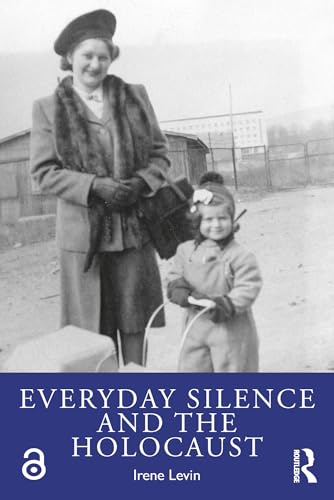
German Reich 1933–1937
by Wolf Gruner
Popularity
0 / 5
* A book's popularity is determined by how it compares to all other books on this website.
Where to buy?
Buy from Amazon* If you buy this book through the link above, we may receive a small commission at no extra cost to you.
German Reich 1933–1937 by Wolf Gruner
Details
War:
World War II
Perspective:
Researcher
True Story:
Yes
Biography:
No
Region:
Europe
Page Count:
884
Published Date:
2019
ISBN13:
9783110435191
Description
Main Themes and Topics
German Reich 1933–1937 by Wolf Gruner is a detailed documentation of the systemic persecution of Jews in Germany during the early years of the Nazi regime. The book methodically presents various aspects of how Jews were forced out of their professions and excluded from public life, illustrating the profound societal and legal changes that relegated them to second-class status. Central to this transformation were the Nuremberg Laws, which formalized antisemitic policies and effectively dismantled the social fabric connecting Jewish and non-Jewish Germans. The work also delves into the overarching strategy of the Nazi leadership regarding antisemitic actions, shedding light on the calculated nature of their measures against Jews. Furthermore, it depicts the sporadic yet intense outbreaks of violence against the Jewish community, highlighting the deep-seated hatred and growing apathy of the non-Jewish population.
Writing Style and Tone
The writing style of German Reich 1933–1937 is scholarly and precise, reflecting Wolf Gruner’s meticulous approach to historical documentation. The inclusion of English-language preparation by Caroline Pearce and Dorothy Mas ensures that the complexities of the original documents are accessible to a wider audience. Gruner's tone is authoritative, offering a factual recounting of events backed by extensive documentation. The book's academic rigor provides readers with a thorough understanding of the period's historical realities without deviating into subjective interpretation or speculation.
Awards and Recognition
While specific awards for German Reich 1933–1937 are not mentioned, the book is significant within academic circles for its contribution to Holocaust studies. Gruner’s work is part of the broader effort of the Project on the Persecution of Jews (PMJ), which is esteemed for its comprehensive documentation and analysis of antisemitic policies from the Nazi era. The book’s inclusion in this project underscores its value as a critical resource for researchers and historians.
Criticism
The nature of the book as a dense compilation of documents may pose a challenge for general readers who are not deeply familiar with the history of Nazi Germany. Some might find the detailed and methodical approach less engaging, as it prioritizes comprehensive documentation over narrative storytelling. This could limit its appeal primarily to scholars and students of Holocaust studies seeking an in-depth analysis of the era's official records and policies.
Brief Summary
German Reich 1933–1937 provides an exhaustive examination of the period between 1933 and 1937, focusing on the systematic oppression of Jews in Nazi Germany. The book reveals how Jewish individuals were systematically marginalized and disenfranchised through legal restrictions and social exclusion. Additionally, it offers insights into the political considerations and strategies employed by Nazi leaders in implementing these measures. The documentation also captures the indifference and complicity of non-Jewish Germans in the face of growing antisemitic terror, encapsulating the loneliness and isolation experienced by the Jewish community during this harrowing period.









